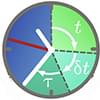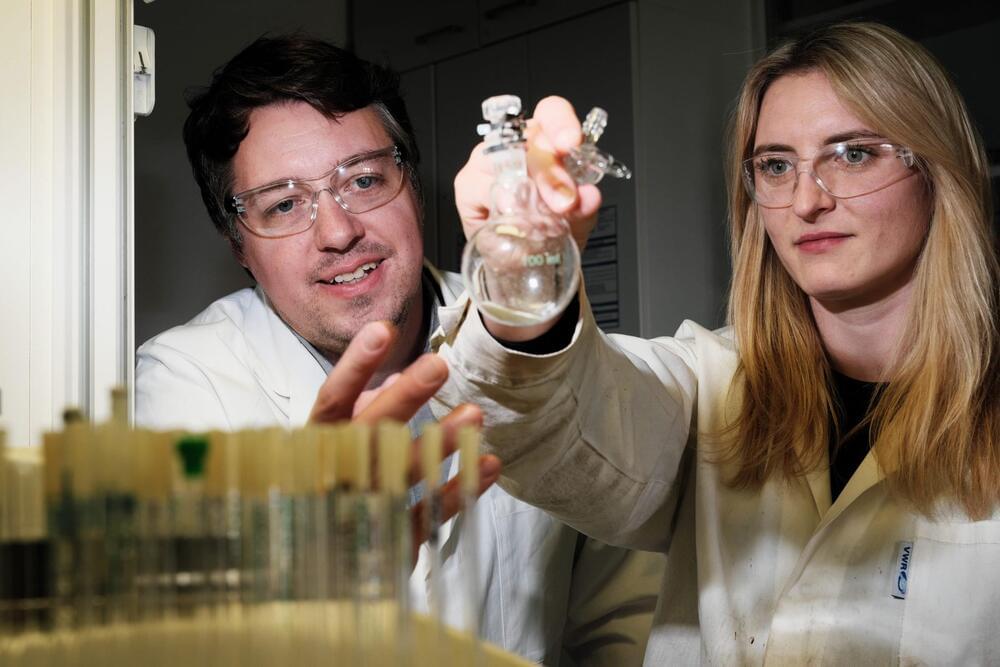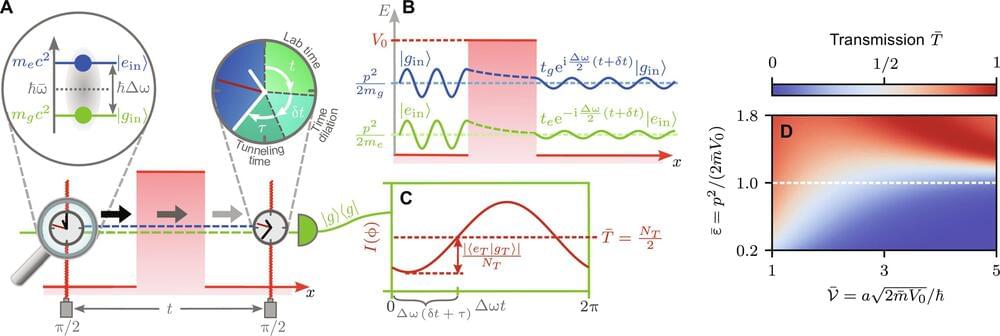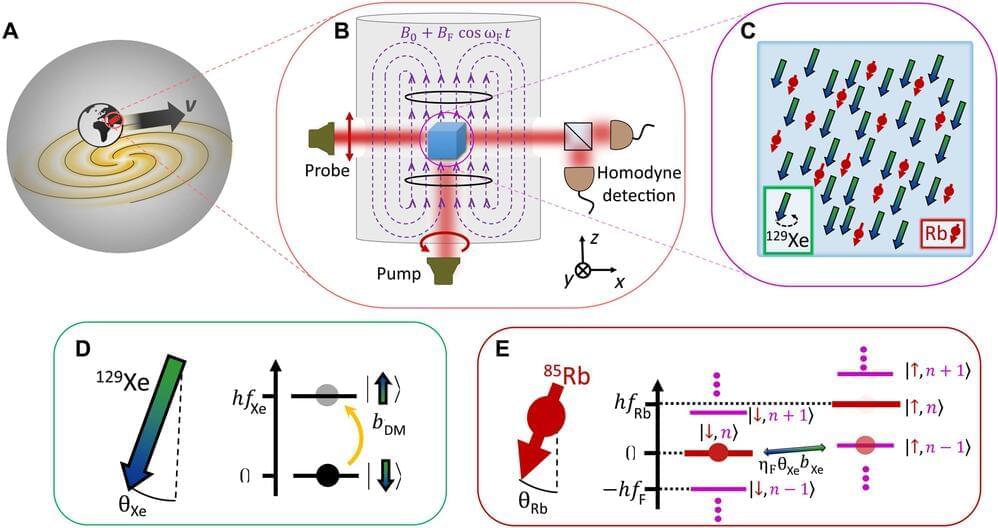May 17, 2024
Scientists Test for Quantum Gravity
Posted by Paul Battista in categories: engineering, particle physics, quantum physics
The tension between quantum mechanics and relativity has long been a central split in modern-day physics. Developing a theory of quantum gravity remains one of the great outstanding challenges of the discipline. And yet, no one has yet been able to do it. But as we collect more data, it shines more light on the potential solution, even if some of that data happens to show negative results.
That happened recently with a review of data collected at IceCube, a neutrino detector located in the Antarctic ice sheet, and compiled by researchers at the University of Texas at Arlington. They looked for signs that gravity could vary even a minuscule amount based on quantum mechanical fluctuations. And, to put it bluntly, they didn’t find any evidence of that happening.
















